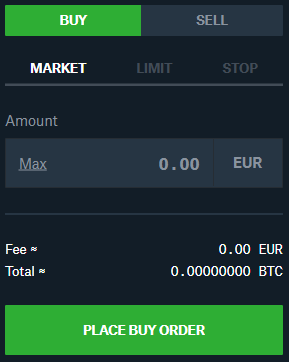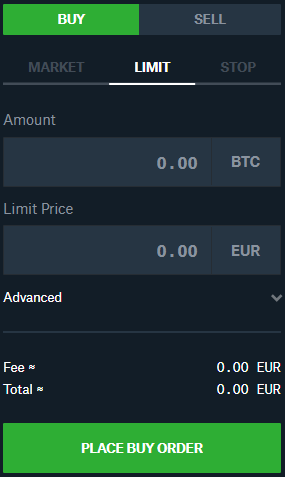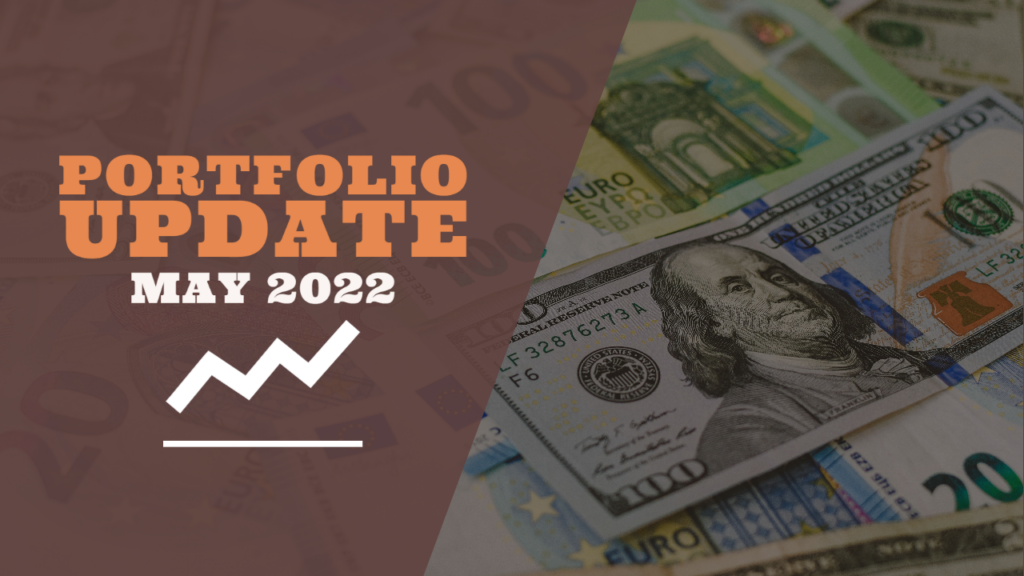Market orders vs limit orders. Whether you are buying or selling stocks, cryptocurrencies, or maybe even other investment vehicles, chances are that you came across different order types. In this article, I am going to explain the difference between market orders and limit orders. We are going to take a look at the benefits of both, together with possible risks. If you are new to investing, ask yourself these questions before you start!
Market Orders vs Limit Orders: Overview
There are two primary order types when an investor wants to buy or sell a stock: Market Orders and Limit Orders. Both come with there own characteristics.
Market Order
If you place the order at the market, it means that it will execute as quickly as possible at the best current market price. Using market orders will give you a very big likelihood of the order actually going through. Most of the time instantly.

Limit Order
If you place the order at the limit, you will have to specify a limit price as well. A limit order sets the maximum or minimum price at which you want to buy or sell.

Market Orders
Market orders are what the average person has in mind when thinking about stock market transactions. These types of orders are as basic as it can get when buying or selling shares. In normal circumstances, market orders should be executed immediately. Keep in mind that there is no guarantee. It depends on the liquidity of the given stock, the size of the order, and the timing. If you are trading or buying well-known companies, ETFs, bitcoin, … and are not buying in huge quantities, you shouldn’t have any problems!
Limit Orders
Limit orders get a bit more difficult. Investors have a little more control over the price at which they buy or sell their investment. Before you are able to place a trade you have to specify a specific price at which you want to buy or sell the shares.
Using limit orders gives you the assurance of an exact market entry or exit point. For instance, if you want to buy stock ABC, but you think the current price is a bit too high. In this case, you have the option of activating a limit order that is below the current price. If the price would come down a bit to, or below, your limit price, your order will be triggered. Keep in mind that if the price does not reach your limit price, your order will stay unfilled.
Conclusion
Market Order
Order should be executed instantly.
There is no specific price at which the order will be executed.
Type of order where you buy or sell a stock at the best available price of that moment.
Market orders can not be used as a stop loss.
Limit Order
Order executes when price reaches the trigger price.
The buy or sell price has to be specified before you can activate a limit order.
Type of order where you buy or sell the stock at a specific price (or better).
Limit orders can be used as a stop loss to minimize losses.





What order type do you use to buy ETF’s? I always go for market orders, but on most fora they advise using limit orders.
If the ETF is bought and sold a lot, it won’t really matter if you go for market or limit orders. I, myself, use limit orders!
My orders are always filled right away, so I guess I can stick to market orders then.